Sixline Wrasses are one of our favorites because they are hardy, cheap, stay small, eat pests, and are readily available. But some reefers report them turning rogue while others crave something more unusual from the hugely diverse wrasse family. Here are some more unusual alternatives to a Sixline Wrasse:
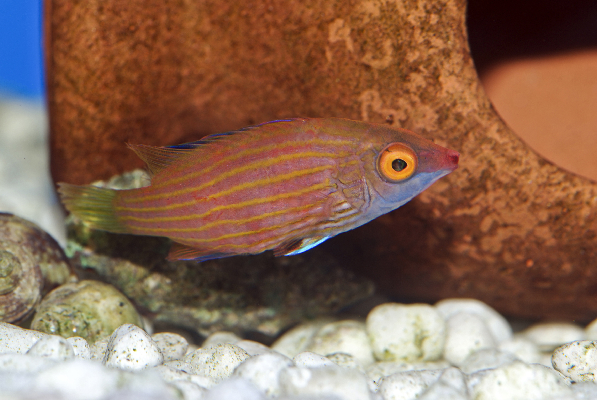
Pink Streaked Wrasse, Pseudocheilinops ataenia
Pink Streaked Wrasses go by several common names including the Pinstripe Wrasse and the Pelvic-Spot Wrasse. They come from the Central Western Pacific and grow to 6.5cm/2.5” in length. They need mature rockwork to forage and hide in, and perform a similar job to the Sixline Wrasse, but are less boisterous. One of the best wrasses for smaller reef tanks, offering good looks, pest control, and good behavior.
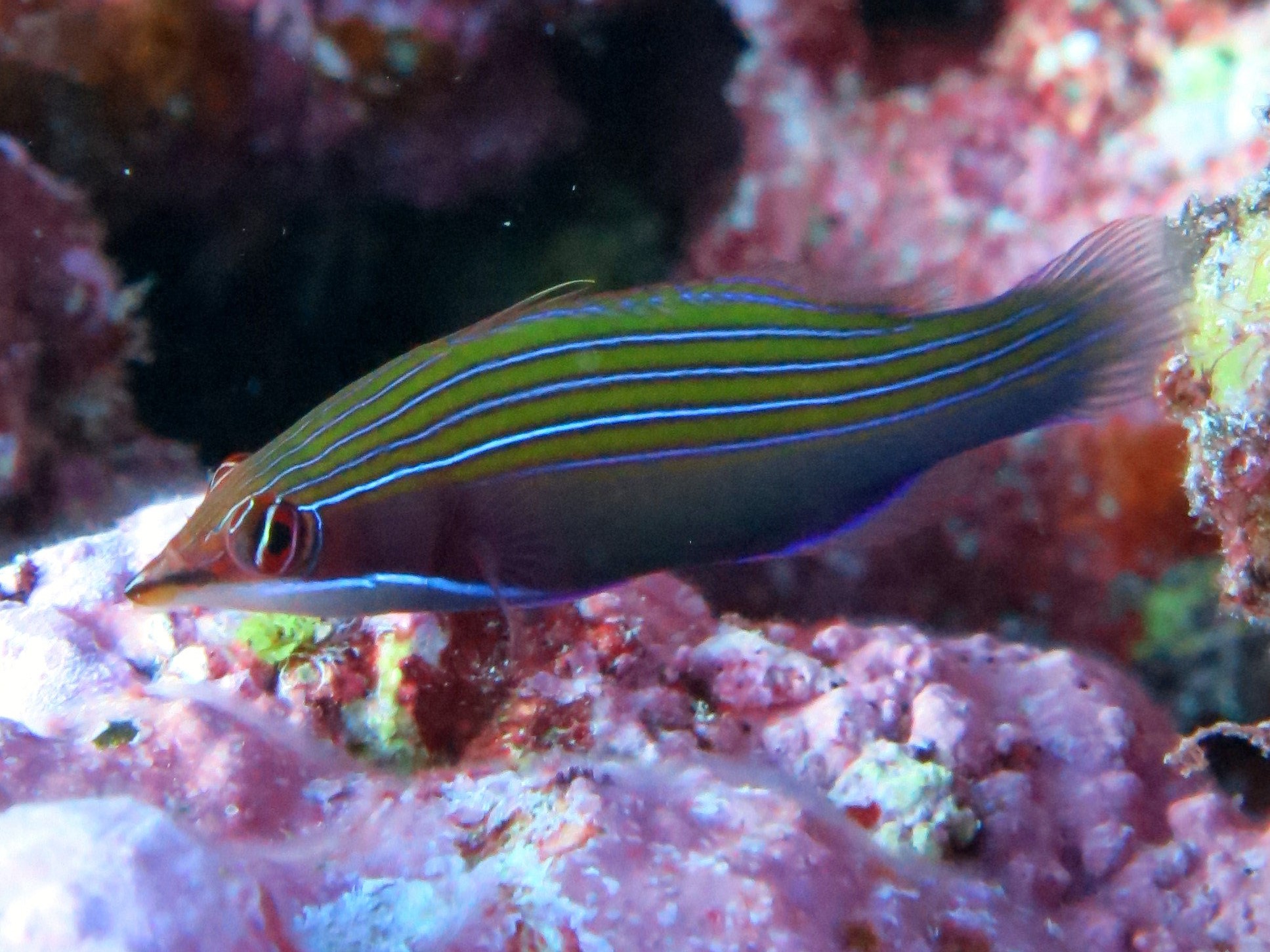
Four-lined Wrasse, Pseudocheilinus tetrataenia
The Four-lined Wrasse is also known as the Neon Line Wrasse or the Hawaiian Pyjama Wrasse, but it occurs outside of Hawaii too from Japan to French Polynesia. It is the most similar looking to the Sixline Wrasse and controls pests in the same way, only with less attitude. It grows to 7.5cm/3” but is usually much smaller, and is a good choice of wrasse for smaller (but mature,) reef tanks.
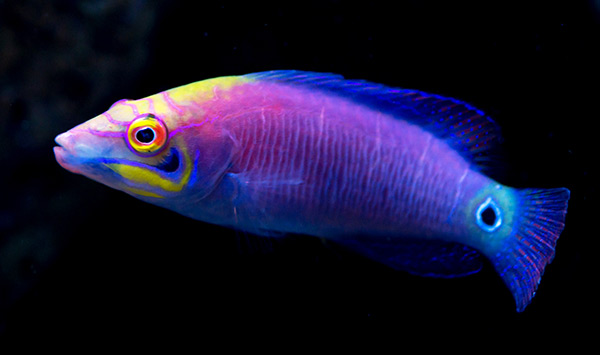
Mystery Wrasse, Pseudocheilinus ocellatus
The Mystery wrasse is also known as the White-barred Pink Wrasse and is sought out by wrasse collectors for its attractive markings and relative scarcity in the hobby. A deeper water species, it can be found in nature at depths of up to 100 meters/328 feet. This means it prefers a more dully-lit aquarium with plenty of caves and overhangs, and the depth it’s collected at adds to its price. One of the most collectible Pseudocheilinus species, they reach a maximum length of 10cm/4”.
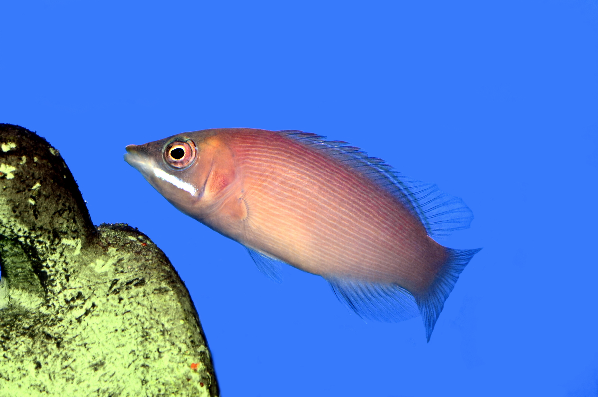
Secretive Wrasse, Pseudocheilinus evanidus
If your budget can’t quite stretch to a Mystery Wrasse, the Secretive or Striated Wrasse might just take your fancy. It looks similar to a Mystery Wrasse but comes from shallower waters in the Red Sea, Indo-Pacific, and Indian Oceans. Like all Pseudocheilinus it prefers a rocky tank with lots of places to hide and is best as the only Pseudocheilinus, or even the only wrasse species, in small reef tanks. They grow to 9cm/3.5”.
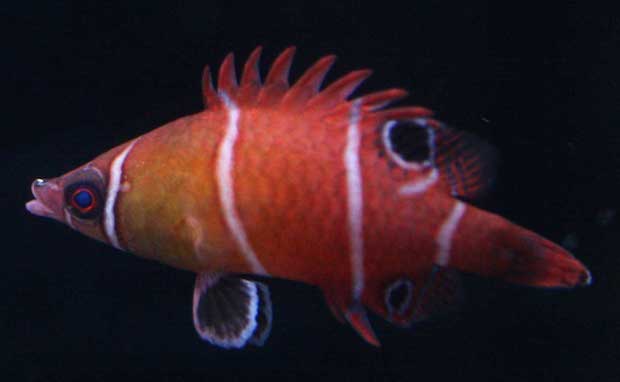
Possum Wrasse, Wetmorella spp.
Possum Wrasses or Sharpnose Wrasses are lovely, underrated little wrasses that make great additions to reef tanks, and great alternatives to Pseudocheilinus wrasses. There are three species – Wetmorella albofasciata, nigropinnata and tanakai, all of which are small, (1.5-3”) very peaceful (timid even,) and can be kept in pairs. We recommend them.
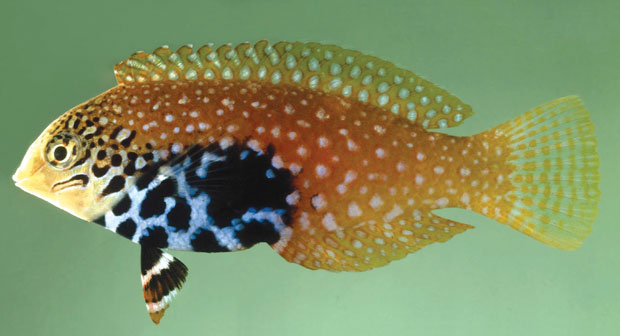
Peacock Wrasse, Macropharyngodon bipartitus
Peacock wrasses are the easiest to keep of the Macropharyngodon Leopard wrasses, with females and juveniles being very attractive too. They need a mature tank and plenty of zooplankton to feed on, but are peaceful and will mix with wrasses from other genera. Males can grow to 12.5cm/5” long and change color and pattern. Females are usually smaller, at 7.5cm/3”.


